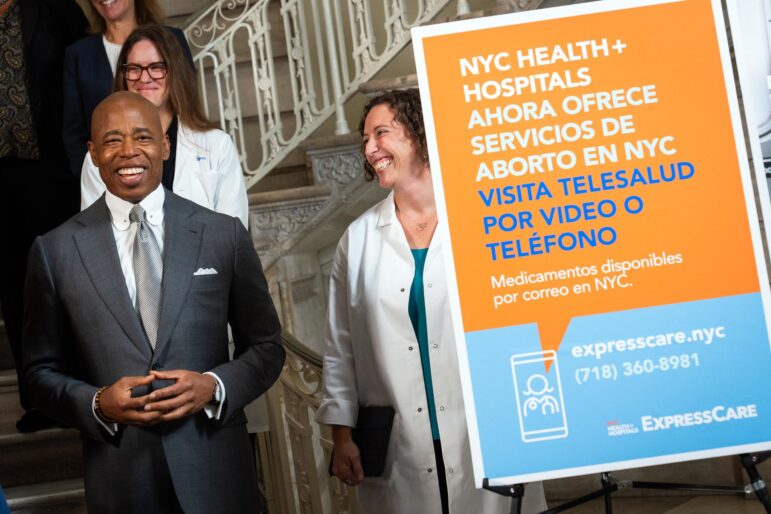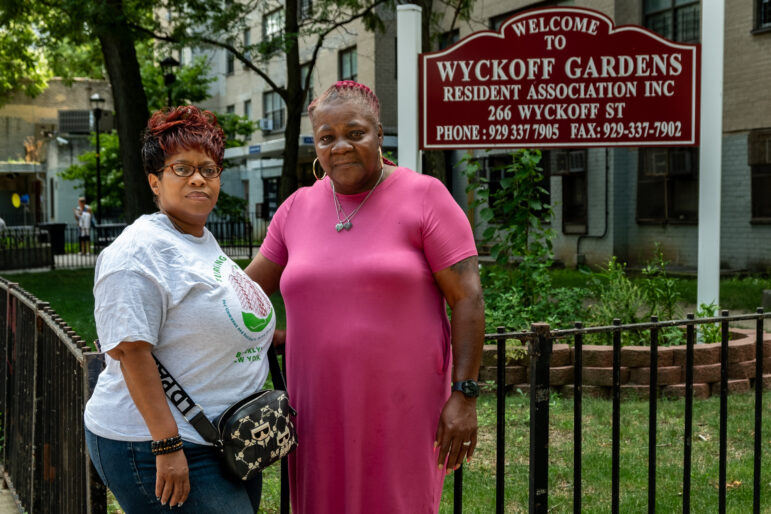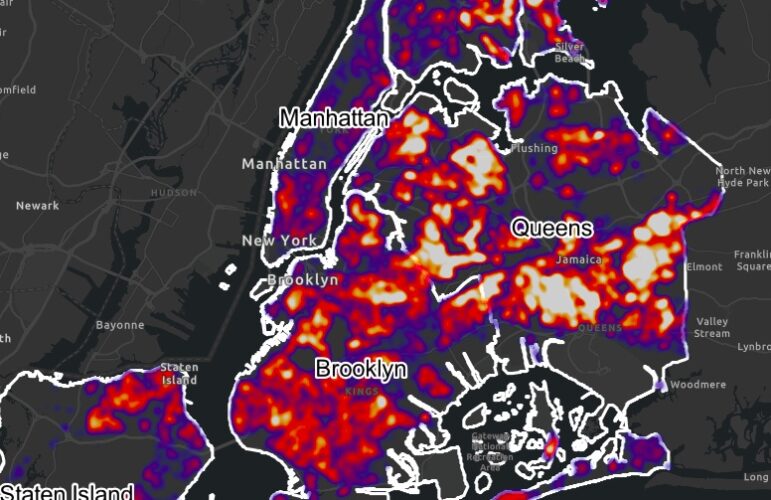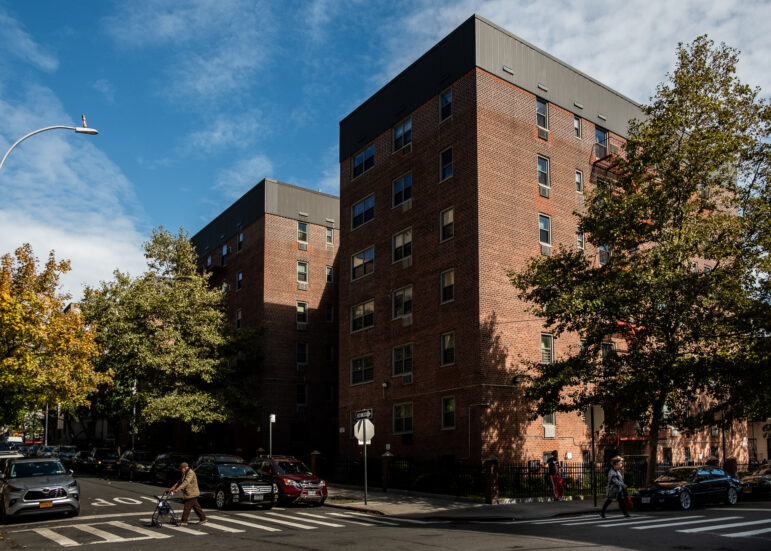Here’s what New York City taxpayers are paying the big bucks for: taking out the garbage and taking in kids. Of the city’s 100 biggest contracts last year, the single largest expense–four contracts worth a total $1.1 billion–was for “removal, transportation, drying and distribution” of sewage sludge. Waste expenses, including contracts for sewer construction and rebuilding sewage treatment plants, totaled $2.15 billion. Second-biggest was foster care with 33 grants totaling $757 million.
The numbers, listed in the New York Law School’s City Law newsletter, reveal where city money goes: to services, not structures.
Child care contracts fell from the 1996 total of $1.1 billion, reflecting the restructuring of the Administration for Children’s Services. Grants have declined as the agency reduces contracts from two-year to one-year or six- month cycles. The biggest, issued to Little Flower Child Services in Brooklyn, is worth $72.8 million. Two years ago, Little Flower got $92.3 million.
Trash giant Waste Management got the single biggest garbage contract. It will be collecting $81.3 million to export city garbage until June 2000.
In step with the city’s high-finance economy, the three biggest capital contracts–money for city repairs and improvements–were appropriately “information age.” American Management Systems got $118 million for financial management, and two grants worth a total of $147.8 million were doled out to the semi-public New York City Economic Development Corporation for economic and waterfront-related development.
In 1997, the DOT distributed $284 million to fix the Williamsburg and Manhattan bridges; in 1996, the city spent $91 million on a Harlem River bridge, $170 million on prisons, and $37 million fixing the West Side Highway. But this year, the only non-sewage, nuts-and-bolts infrastructure contract in the top 50 is a contract for $36.7 million to reconstruct McGuinness Boulevard in Brooklyn.








